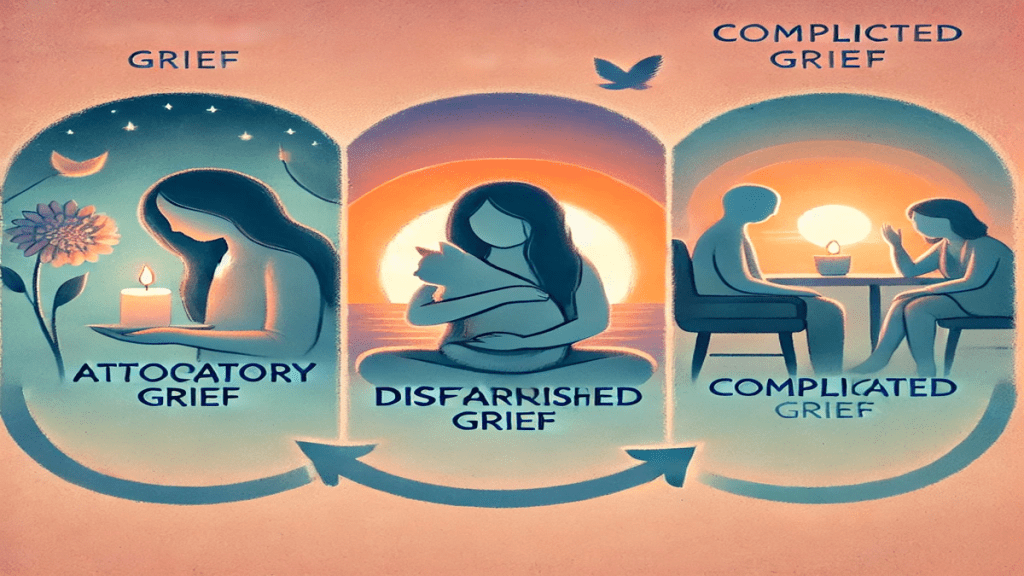Grief is a deeply personal experience that affects everyone differently. Recognizing the various types of grief can help you understand your emotions and navigate the healing process more effectively. Here, we explore three specific forms of grief—anticipatory grief, disenfranchised grief, and complicated grief—and offer insights to help you or a loved one through this challenging journey.
Anticipatory Grief: Mourning Before the Loss
Anticipatory grief occurs when you begin to grieve before a loss actually happens. This is common in situations like caring for a loved one with a terminal illness. You may feel a mix of emotions—sadness, anger, guilt, or even relief. While this type of grief gives you time to prepare emotionally, it doesn’t necessarily make the actual loss any easier. It’s important to use this time to create meaningful moments, share your feelings, and, if possible, address unfinished conversations. Remember, it’s okay to feel joy and sorrow simultaneously during this period.
Disenfranchised Grief: The Invisible Loss
Disenfranchised grief is often overlooked or unacknowledged by society. This might occur after the loss of a pet, the end of a secret relationship, or a miscarriage. Without societal recognition, you might feel isolated or invalidated in your sorrow. It’s crucial to remind yourself that your grief is valid, no matter how others perceive it. Seeking support from trusted friends, online communities, or counselors can help you find the validation and understanding you need to heal.
Complicated Grief: When Grief Doesn’t Ease
Complicated grief, also known as prolonged grief disorder, involves an intense and enduring sorrow that disrupts your daily life. You may find yourself stuck, unable to accept the loss or move forward. This type of grief often requires professional help, such as therapy or support groups, to process your emotions and regain balance. Recognizing the signs—like persistent yearning, avoidance of reminders, or overwhelming guilt—is the first step toward seeking assistance and reclaiming your life.
Navigating the Healing Process
Grief isn’t a one-size-fits-all experience, and it doesn’t follow a linear timeline. It’s okay to feel a wide range of emotions—from anger to sadness to moments of unexpected happiness. The key is to give yourself permission to feel and process these emotions without judgment.
Engage in self-care practices that nourish your body and mind. Journaling, talking to a trusted friend, or participating in a support group can provide solace. Professional counseling can also offer guidance tailored to your unique situation.
If you’re supporting someone who is grieving, remember that your presence and patience are often more valuable than words. Simply listening and validating their feelings can make a significant difference.
Moving Forward With Compassion
Understanding different types of grief helps you acknowledge your own experience and that of others. Grief is a natural response to loss, and seeking support is a sign of strength, not weakness. By embracing the grieving process with compassion for yourself and others, you can begin to find healing and hope, even in the face of profound loss.


